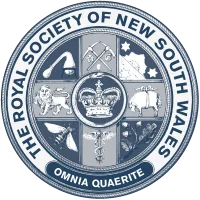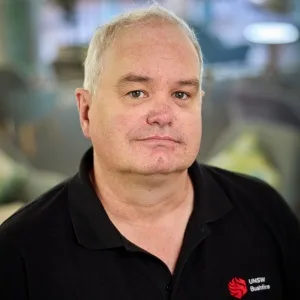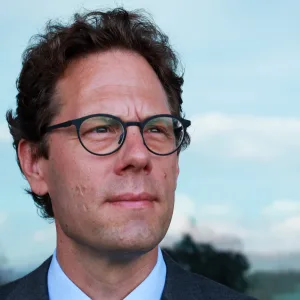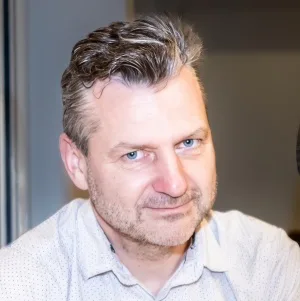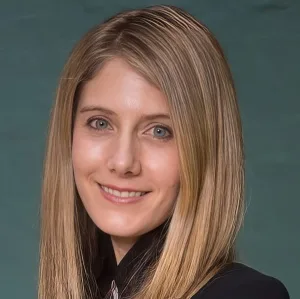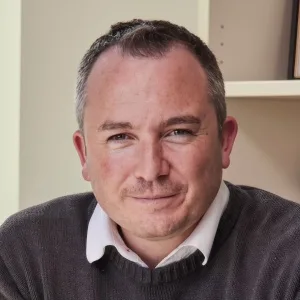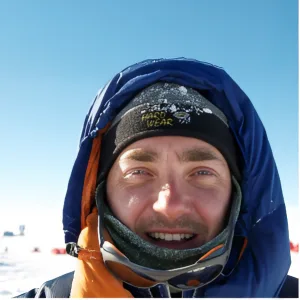 “On the history of Russian conflict with Ukraine”
“On the history of Russian conflict with Ukraine”
Emeritus Professor Dennis Reinhartz
University of Texas, Arlington
in conversation with
Emeritus Professor Robert Clancy AM FRSN
Royal Society of NSW and University of Newcastle
Date: Friday, 3 May 2024, 3.00 pm AEST
Venue: Maps Room, State Library of NSW, Shakespeare Place, Sydney
Entry: No charge
Registration: Registration through Membes is required (max. 40 places)
All are welcome
This event is jointly presented by the Royal Society of New South Wales and the State Library of New South Wales.
Dennis Reinhartz received his BA and MA degrees in history from Rutgers University and his PhD from New York University. After a university career of over forty years, and having retired in 2008, he is an emeritus professor of history and Russian at The University of Texas at Arlington. He also has taught at Rutgers, New Jersey Institute of Technology, James Madison University, Bridgewater College, University of London, and Oxford University and holds several teaching awards. He has offered courses in world history, modern European history, Russian and East European history, modern Chinese history, transatlantic discovery and exploration, history of cartography, and historical methodology and theory. He is the author or editor of fourteen books and numerous book chapters and scholarly articles related to his fields of interest. He is past president of The Society for the History of Discoveries, Arid Lands Studies Association, Western Social Science Association, Historical Society of New Mexico, and Texas Map Society.
 “On the history of Russian conflict with Ukraine”
“On the history of Russian conflict with Ukraine”